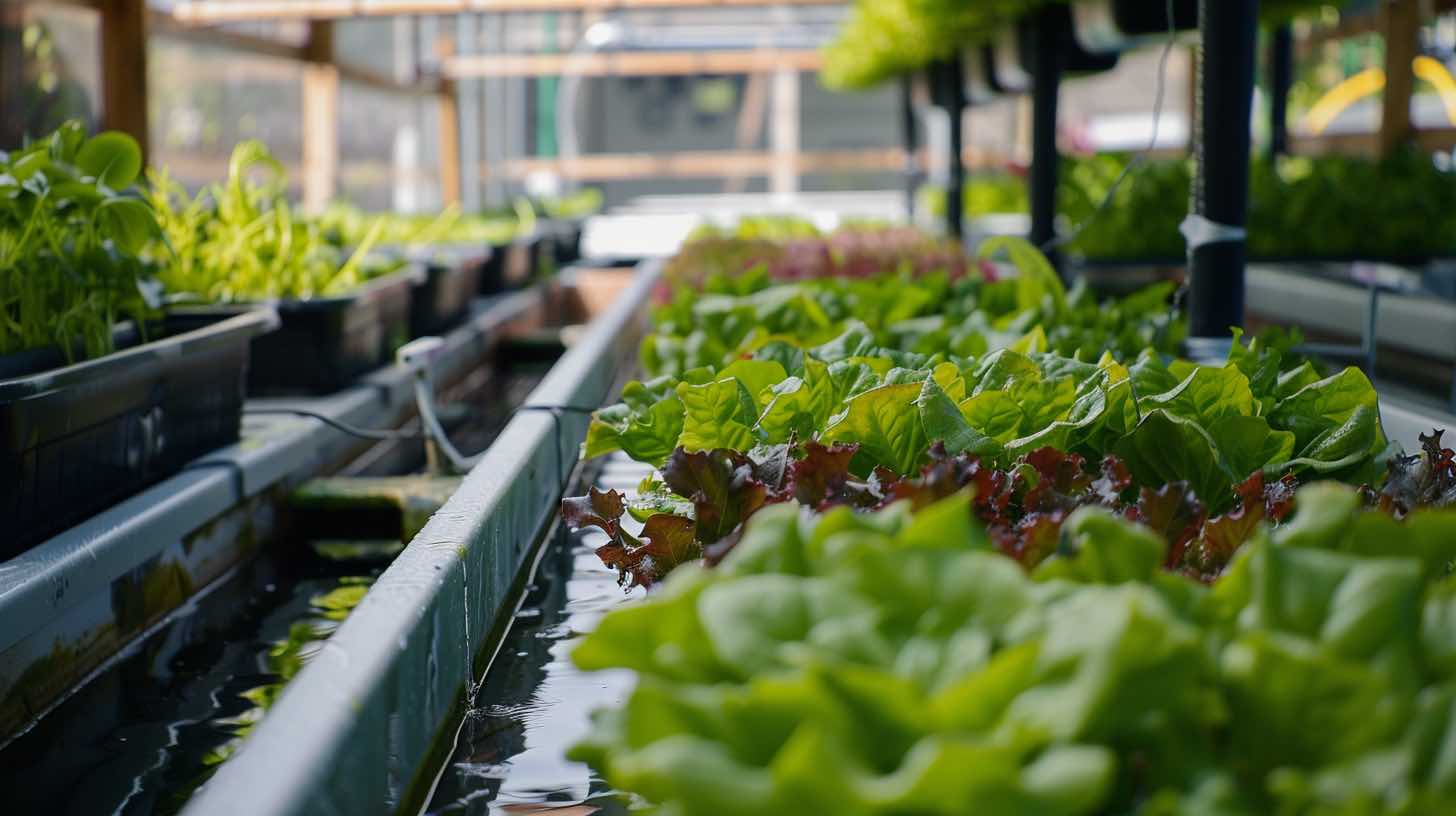
Fish are the heartbeat of an aquaponic system. They provide the organic waste necessary for plant nutrition through their excretions. Different fish species can be used, including tilapia, carp, and even ornamental species like goldfish, depending on the system’s goals and local climate conditions.
Fish waste contains ammonia, which is toxic to fish in high concentrations but is a gold mine for the aquaponic system. The conversion of ammonia into usable plant nutrients is where bacteria come into play, showcasing the importance of microbial life in aquaponics.
Bacteria are the unsung heroes of aquaponics, performing the essential function of converting ammonia from fish waste into nitrates, which plants can absorb as a nutrient. This process, known as the nitrogen cycle, involves two main types of bacteria: Nitrosomonas and Nitrobacter.
This cycle is crucial for the health of both fish and plants, highlighting the importance of establishing a robust bacterial colony in any aquaponic system.
Plants play a dual role in aquaponics: they absorb the nitrates produced by bacteria as their main nutrient source, effectively purifying the water, which can then be recirculated back to the fish tanks. This not only ensures the health and growth of the plants but also maintains a clean environment for the fish, minimizing the need for water changes and filtration.
The choice of plants in an aquaponic system can vary widely, from leafy greens like lettuce and spinach to fruiting plants like tomatoes and peppers. The selection depends on several factors, including the system’s design, the grower’s preferences, and environmental conditions.
An efficient aquaponic system requires careful planning and design, taking into account the balance between fish load and plant growing capacity. The system’s design influences the efficiency of nutrient uptake and the overall health of the aquatic environment.
The most common aquaponic systems are recirculating systems, which conserve water and nutrients by cycling water between fish tanks and plant grow beds. These systems can be scaled from small, home-based setups to large commercial operations.
Aquaponic systems can utilize various methods for plant cultivation, including media beds (filled with gravel or clay pellets), nutrient film technique (NFT), and deep water culture (DWC). Each has its advantages and is chosen based on the specific requirements of the plants and the overall system goals.
Aquaponics offers multiple benefits over traditional farming and aquaculture methods:
While aquaponics is highly efficient and sustainable, it does come with challenges, such as system balance, initial setup costs, and the need for continuous monitoring and management. Solutions include thorough research, proper system design, and community engagement for knowledge sharing and support.
The science behind aquaponics is a testament to the power of combining natural processes in innovative ways to create sustainable food production systems. By understanding and respecting the roles of fish, plants, and bacteria, we can optimize aquaponic systems to feed a growing population while minimizing our environmental footprint. As technology advances and more people become aware of the benefits of aquaponics, it is poised to play a crucial role in the future of agriculture.
In exploring the depths of aquaponics, we not only uncover the intricacies of an efficient ecosystem but also pave the way for a future where sustainability and productivity go hand in hand. Aquaponics is not just a farming method; it’s a step towards a more sustainable and food-secure world.